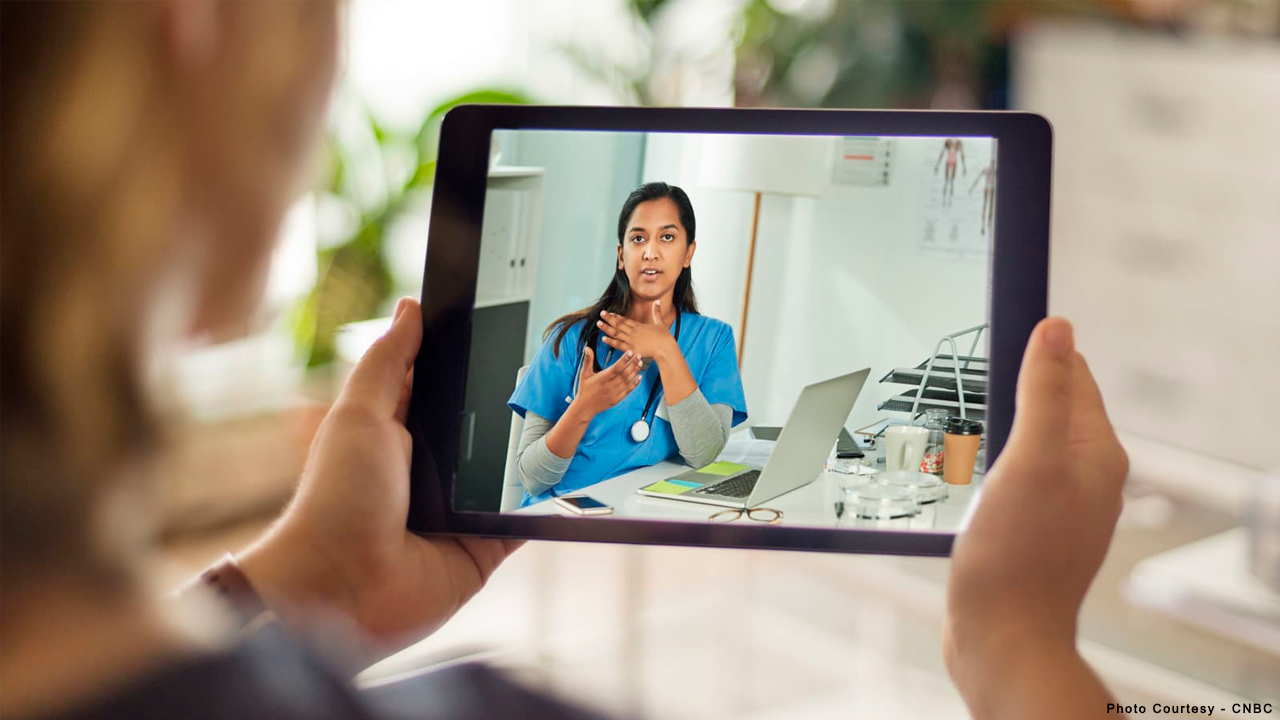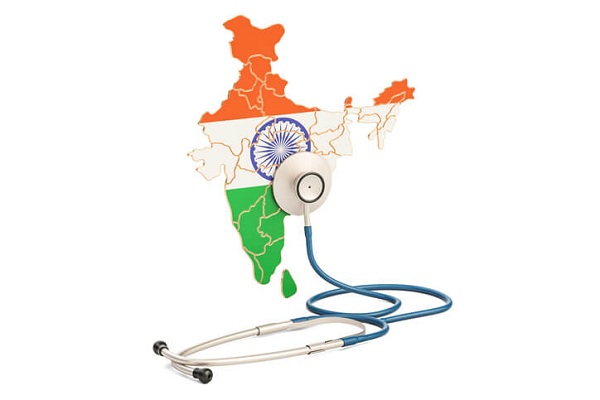The term "Telemedicine" refers to the delivery of clinical services remotely through two-way, real-time audio and video communication between a patient and a healthcare professional. Telemedicine has made access to healthcare easy for people who live in remote areas.
Telemedicine is simply defined as, “the remote delivery of healthcare services“. With our new generation being tech savvy has pushed its rapid adoption due to convenience, cost saving and intelligent features it brings.
Features:
Interactive - Telemedicine allows patients and healthcare provider to communicate in real time.
Store and Forward - Telemedicine also allow provider to share patient's information with a practitioner in different location for better diagnosis and treatment.
Remote Patient Monitoring - Telemedicine allows remote caregivers to monitor patients that stay at home by using medical devices to collect data. (E.g. Blood sugar, blood pressure)
Telemedicine adds immense value in the follow-up of patients with chronic diseases such as diabetes, high blood pressure, high cholesterol. In cases where patients do not require immediate medical attention but may need help with dosage adjustments, lifestyle regimens, or prescription refills, telemedicine can be convenient.
Benefits:
- Telemedicine help to access healthcare from the comfort of our home.
- No need to wait in long queues.
- It is also a cost saving. It saves travel expense.
- The recording and sharing of medical records became easy.
- You can easily take second opinion.
- It is of most use to mental health patients to demand help in emergencies.
Although Telemedicine has lot of advantages, it still is not suitable for physical deep injuries and serious medical emergencies. People have to go to hospital in these kinds of cases. For, surgeries and tests like MRI's, X-ray's and CT scans patients have to visit hospitals and diagnostic labs. Without proper check-up treatment is not possible.

 Telemedicine is a game-changing step in healthcare that will increase access to care. Let's find out how it works and what benefits it provides to society.
Telemedicine is a game-changing step in healthcare that will increase access to care. Let's find out how it works and what benefits it provides to society. 









.jpeg)







.jpeg)

.jpg)










